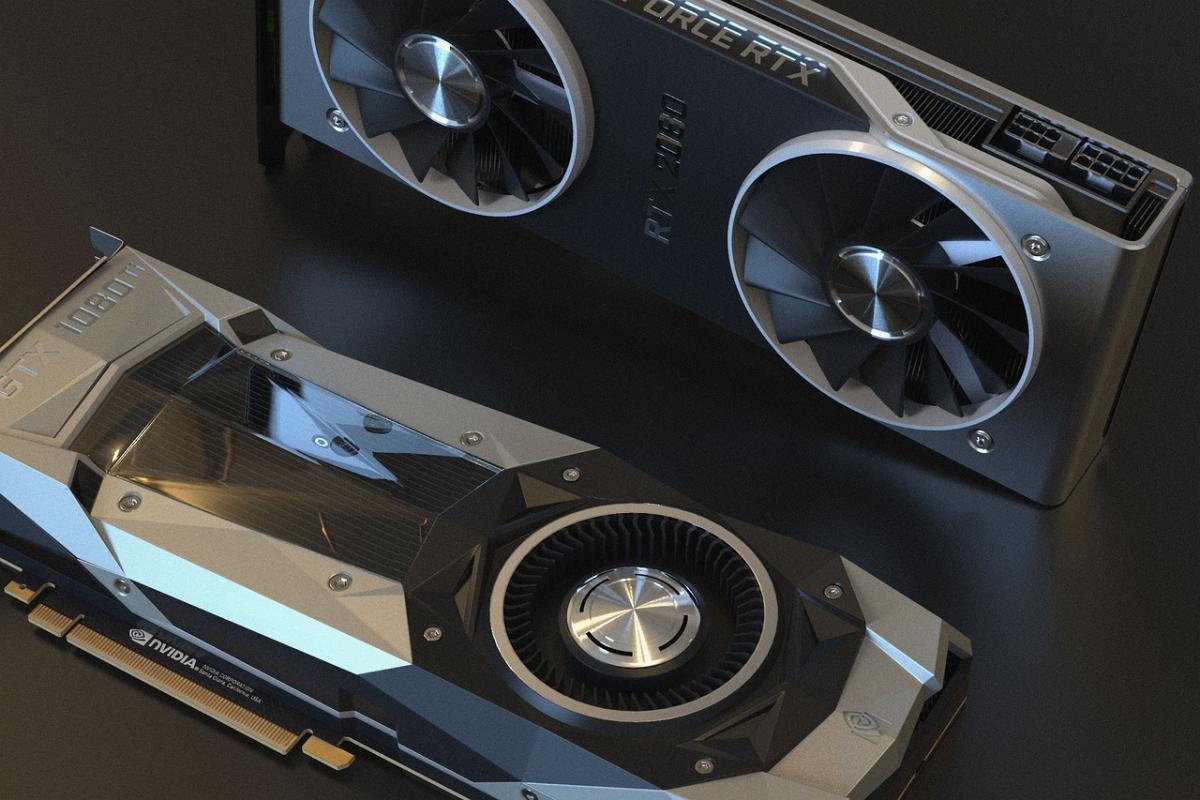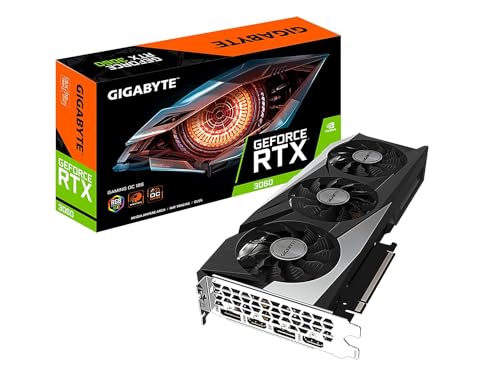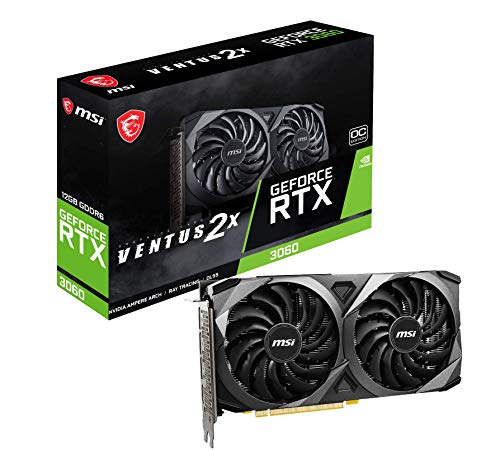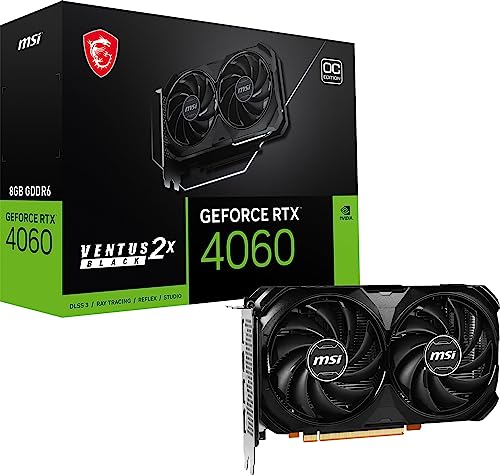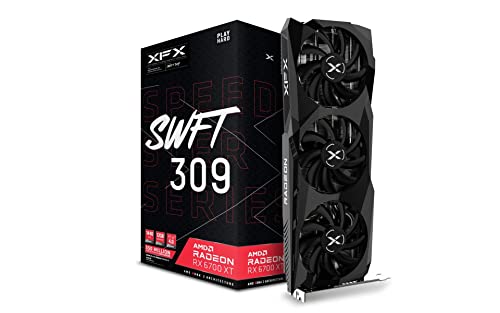Boosting GPU memory clock speeds can significantly enhance graphical performance for gaming, rendering, and creative applications. In this article, we explore techniques to safely overclock your graphics memory and tools required to monitor and maintain stability.
Begin by benchmarking your GPU to understand its current performance. Use specialized software to adjust memory clock values gradually, while monitoring voltage and temperature changes with stress‑testing utilities. Fine‑tune memory timings in the GPU’s control panel to push data throughput without compromising stability. Maintain proper cooling by using efficient airflow or liquid cooling solutions and keep drivers updated to support the new settings.
By carefully increasing GPU memory clock speeds and systematically monitoring performance, you can unlock enhanced visual performance for a wide range of graphically intensive tasks. Balancing higher speeds with proper cooling ensures long‑term reliability.
The Ultimate GPU Memory Overclocking Guide: Boost Memory Clock Speeds Safely
Unlock higher frame rates, smoother rendering, and accelerated creative workflows by optimizing your graphics card’s memory clock.
Introduction
A finely tuned GPU memory overclock can yield noticeable gains in gaming performance, real-time rendering, and high-resolution video editing. By carefully raising the memory clock speed, you boost data throughput between the GPU core and its VRAM—translating to higher frame rates, reduced stuttering, and faster compute tasks. This guide provides a comprehensive overclocking guide to ensure stability, longevity, and peak GPU performance tuning.
Why Overclock GPU Memory?
- Increased Bandwidth: Pushing the memory clock speed ramps up data transfer rates, crucial for 4K gaming and texture-heavy scenes.
- Improved Frame Pacing: Higher VRAM throughput reduces frametime spikes, smoothing out gameplay in demanding titles.
- Faster Compute Workloads: Creative applications—such as 3D rendering and video encoding—benefit from accelerated memory access.
- Maximize Your Hardware: Overclocking extracts extra performance from your existing GPU, delaying costly upgrades.
Essential Tools for Memory Clock Speed Tuning
| Tool | Purpose | Key Features |
|---|---|---|
| MSI Afterburner | Overclocking & Monitoring | Real-time voltage, clock speeds, and fan control |
| GPU-Z | Hardware Info & Logging | Detailed memory specs, temperature logging |
| 3DMark / Unigine | Benchmarking & Stress Testing | GPU benchmarks to compare before/after overclock |
| HWInfo64 | In-Depth Sensor Readings | Voltage, power draw, temperature, clock frequency |
| NVIDIA Scanner | Auto-tuning memory overclock (NVIDIA) | Automated safe overclock for supported GPUs |
Step-by-Step Overclocking Procedure
- Establish Baseline Performance
Run a synthetic benchmark (e.g., 3DMark Time Spy) and record GPU and memory clock, temperature, and score.
- Incremental Memory Clock Increases
Open MSI Afterburner. Increase Memory Clock by 20–30 MHz increments. Apply settings and run a 5-10 minute stress test.
- Monitor Stability & Temperatures
Use HWInfo64 to track VRAM temperatures. Watch for artifacting (flickering textures), driver crashes, or screen freezes.
- Find the Sweet Spot
Continue stepping up the memory clock until instability appears. Reduce the clock speed by 10 MHz from the point of failure.
- Lock In Core & Memory Ratios
Some GPUs allow adjusting core/memory ratios—experiment to find optimal balance. Keep voltage changes minimal to reduce thermal impact.
Stress Testing & Stability Monitoring
- Run Extended Benchmarks: Execute full stress tests in Unigine Heaven or FurMark for 30–60 minutes.
- Check for Artifacts: Look for shimmering textures, colored pixels, or driver resets.
- Log Performance Data: Document clock speeds, temperatures, and benchmark scores to track improvements.
Advanced Memory Timing Optimization
- Tweak Primary Timings
Adjust settings like RAS to CAS delay (tRCD) and Row Precharge Time (tRP) via specialized BIOS or low-level utilities (for advanced users).
- Test Incrementally
Tighten one timing parameter at a time, running a brief test after each change.
- Maintain Stability
Looser timings often yield stability when pushing very high clock speeds.
Note: Low-level timing adjustments carry higher risk and may require GPU-ROM flashes. Only advanced users should attempt.
Thermal Management for High-Performance GPUs
- Efficient Airflow: Use case fans to create positive airflow—intake at the front, exhaust at the top/rear.
- Aftermarket GPU Coolers: Consider custom or hybrid water-air coolers for better VRAM cooling.
- Monitor VRAM Sensors: Ensure memory junction temperatures stay below 100 °C.
- Thermal Pads & Backplates: Quality thermal interface materials help draw heat away from memory chips.
Risk Management & Best Practices
| Risk | Mitigation |
|---|---|
| Permanent GPU damage | Increase clocks in small increments; monitor voltages |
| System crashes | Stabilize overclock by reducing clock/voltage |
| Void warranty | Check manufacturer policy before overclocking |
| Excessive heat buildup | Improve case cooling; use aftermarket cooler |
- Document Every Change: Keep a log of clock speeds, voltages, and results.
- Revert if Unstable: Don’t push beyond safe limits—learn the GPU’s hardware limits.
- Stay Updated: Update GPU drivers and overclocking software regularly for optimized control.
Conclusion & Next Steps
A disciplined graphics card overclock strategy—gradually raising memory clock speed, rigorously stress testing GPU, and implementing robust thermal management—unlocks significant performance gains. Whether you’re chasing higher FPS in AAA games or shaving minutes off your GPU-accelerated renders, proper memory timing optimization delivers lasting results without sacrificing reliability.
Shop Overclocking Essentials
Equip your rig for success with professional-grade hardware and tools:
- High-end GPUs with robust cooling designs
- Precision thermal paste and VRAM thermal pads
- Powerful case fans and GPU liquid-cooling kits
- Certified UPS units to protect against power surges
Visit our store to explore the best overclocking products and achieve ultimate GPU performance tuning today!
